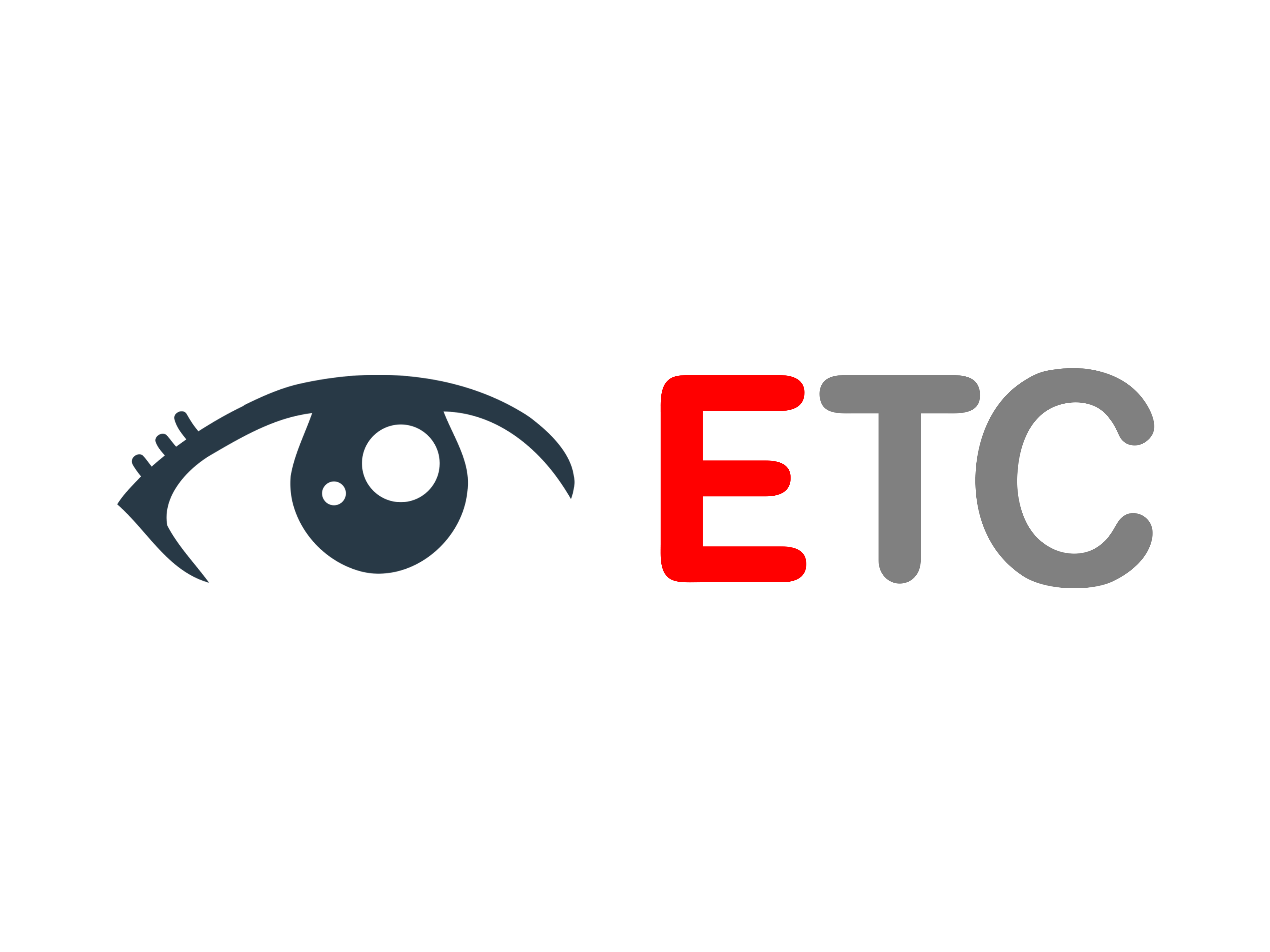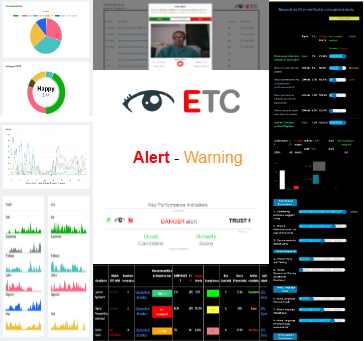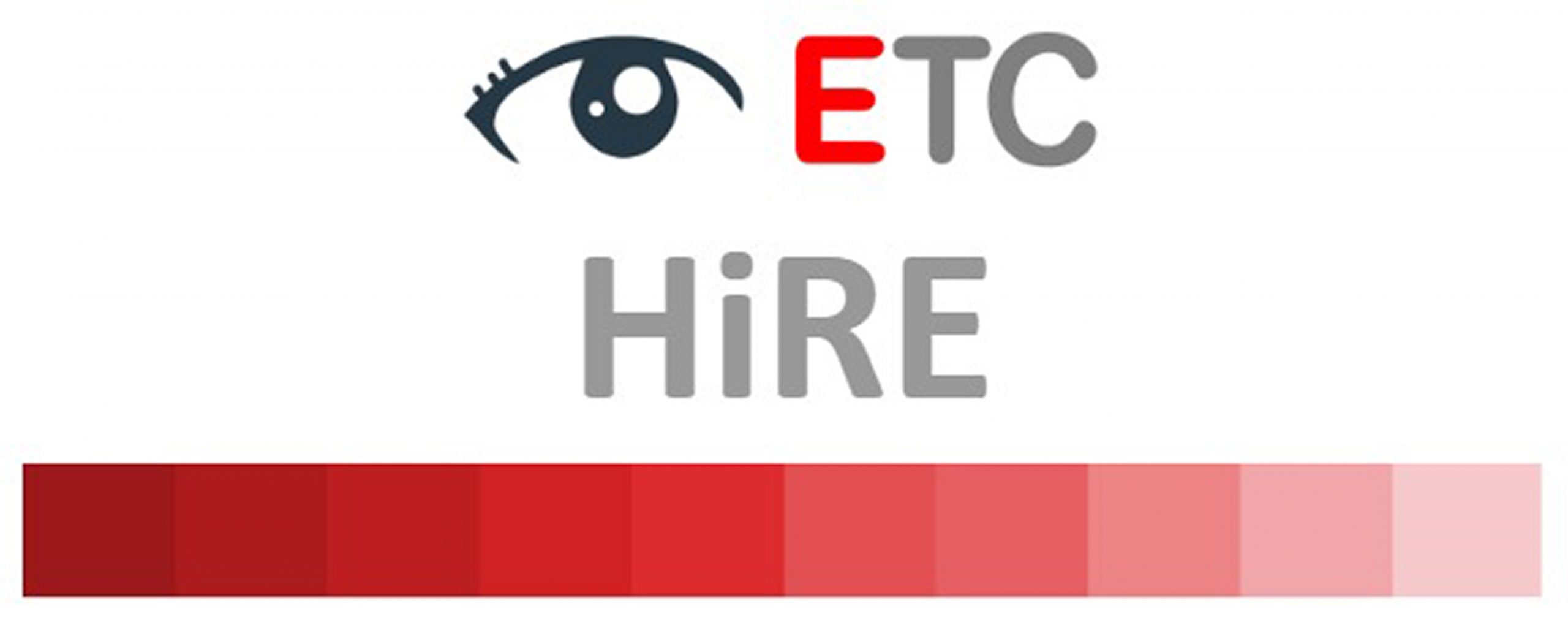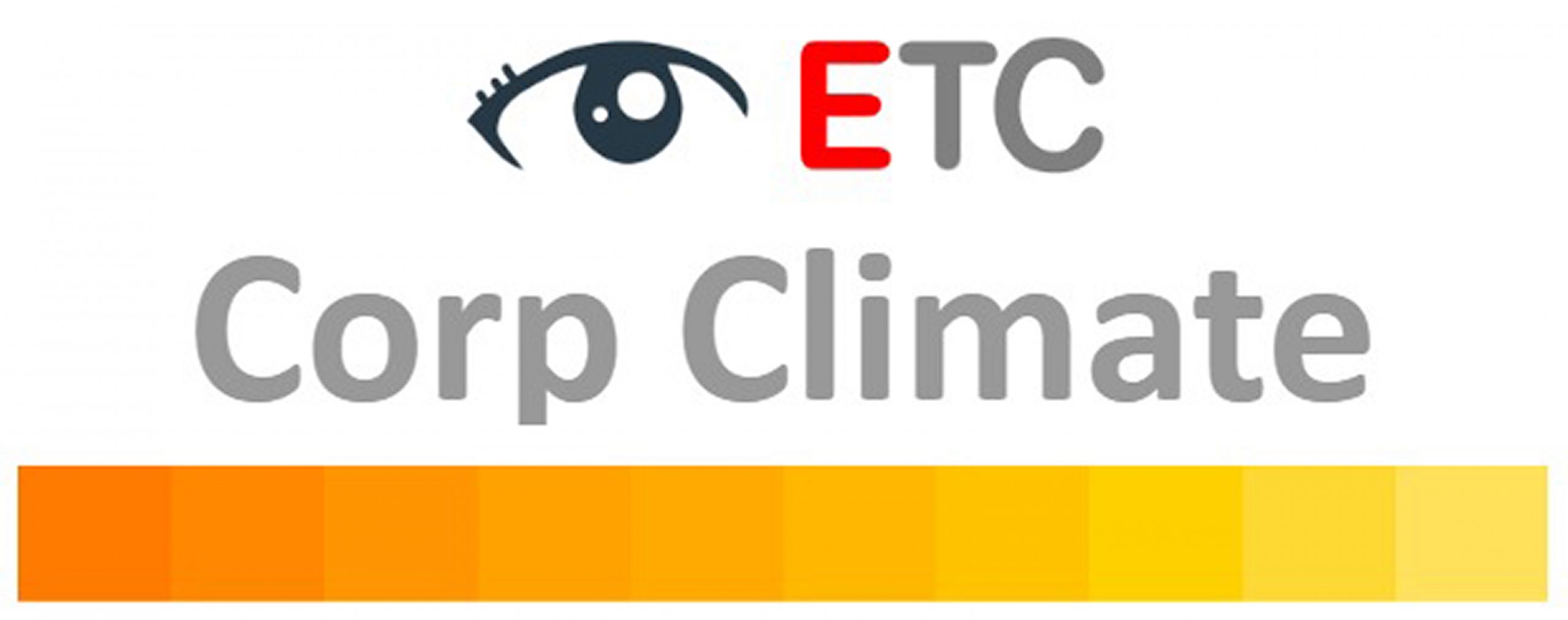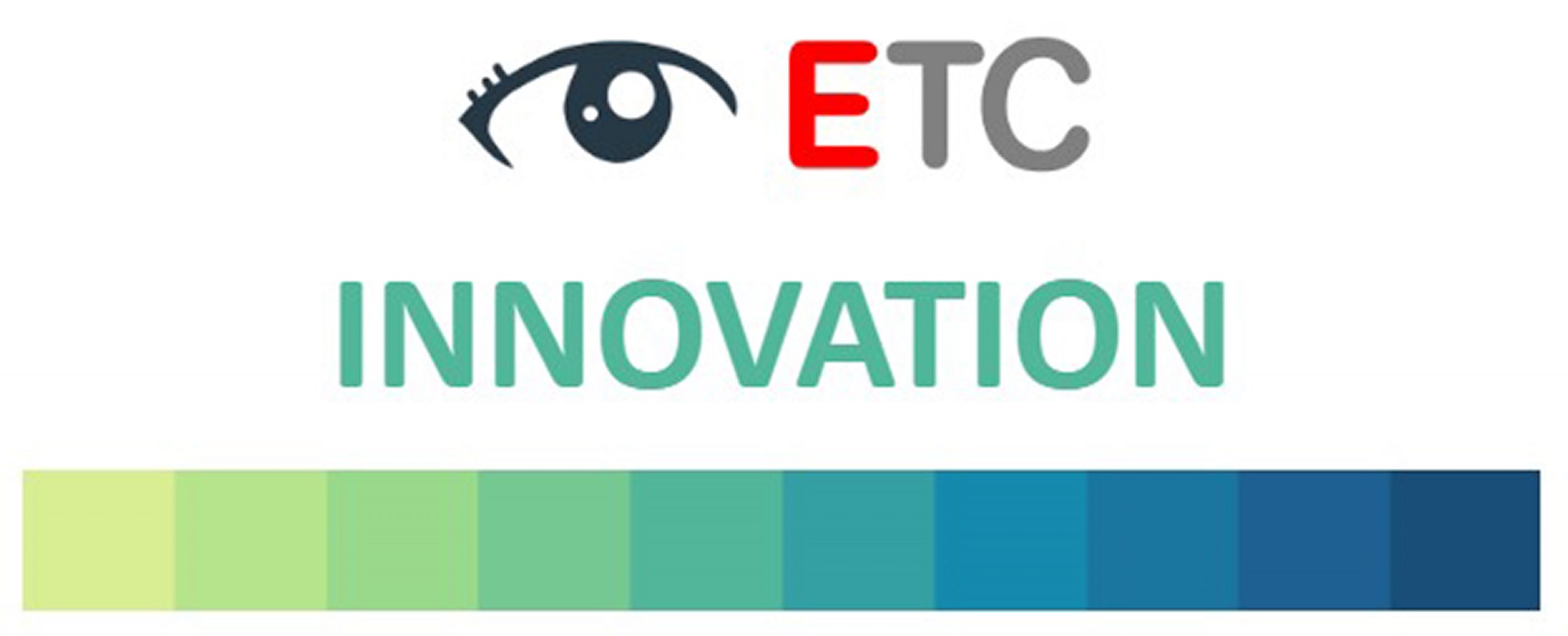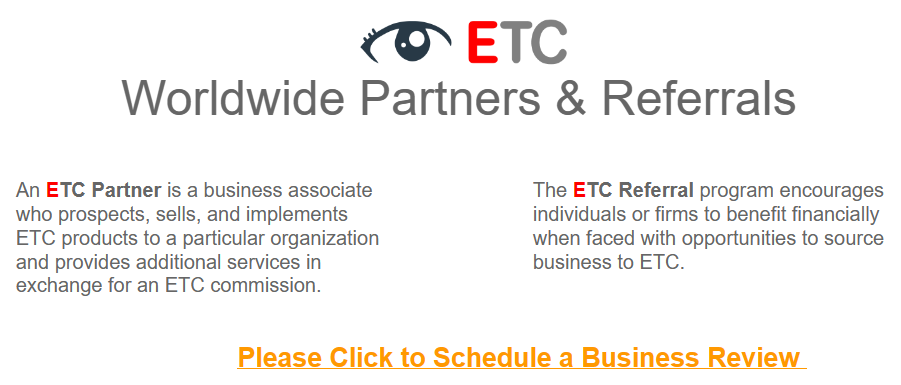Outstanding Strategies to reach Excellence!
This post aims to provide simple yet powerful tips to improve your performance and secure your success!
A 700,000 dollars Free Method with Impressive Performance results.
The Ivy Lee Method is a time management and productivity technique introduced by Ivy Lee, a consultant in the early 20th century. The method gained widespread popularity after Lee demonstrated its effectiveness to Charles M. Schwab, the president of the Bethlehem Steel Corporation.
According to the story, Schwab was skeptical of Lee’s methods and offered to pay him any amount of money if he could demonstrate their effectiveness within 15 minutes. Lee agreed and proceeded to teach Schwab’s executives the Ivy Lee Method. After a few weeks, Schwab was so impressed with the results that he sent a check to Lee for $25,000, equivalent to over $700,000 today.
The Ivy Lee Method consists of the following steps:
At the end of each workday, write down the six most important tasks you need to complete the next day.
Rank these tasks in importance, with the most critical task, ranked first.
The next day, work on the first task until it is completed, and then move on to the next one. Repeat this process until all six tasks are completed.
If any tasks are not completed by the end of the day, carry them over to the following day’s list and prioritize them accordingly.
Repeat this process every day.
The Ivy Lee Method is designed to help individuals prioritize their tasks, avoid distractions, and focus on the most important tasks to increase productivity and achieve better results. By focusing on the most important tasks, individuals can ensure that they progress and accomplish the most critical tasks first.
In conclusion, the story of Ivy Lee and Charles M. Schwab demonstrates the effectiveness of the Ivy Lee Method.
By prioritizing tasks, focusing on the most important ones, and avoiding distractions, individuals can increase their productivity and achieve tremendous success in their personal and professional lives. The method is still used today and remains a popular time management and productivity technique.
ETC Solutions
Have you ever seen EMOTIONS while answering questions?
Individual & Collective Emotional Fingerprint™ Diagnose
